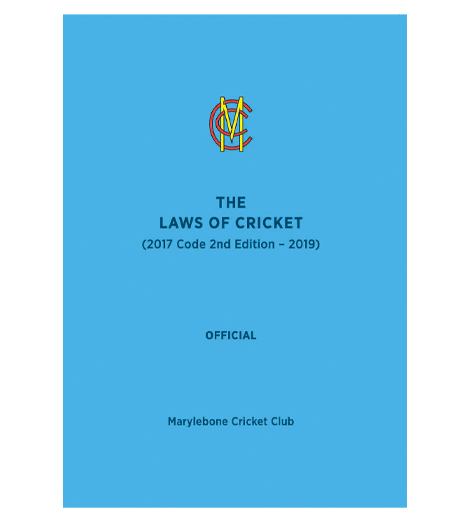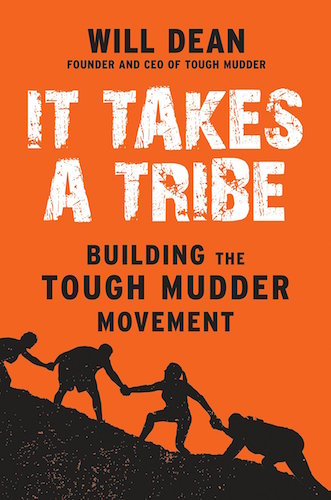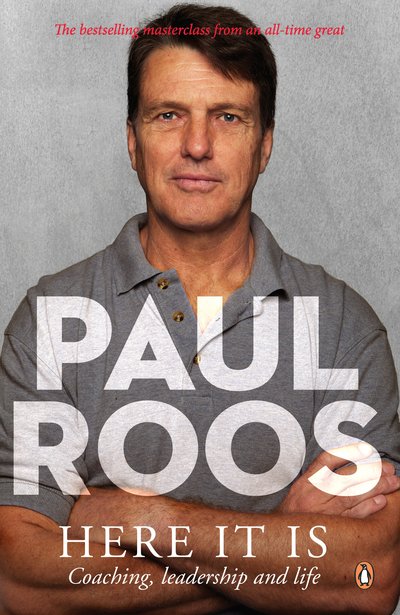Creator
The earliest known laws of cricket were created in 1744 but not actually printed until 1755 by members of the London Cricket Club.
The Marleybone Cricket Club (MCC) was founded in 1787 and a year later presented what is now adopted as the modern laws of cricket. They called it ‘The Law of the Noble Game of Cricket’. Many updates and revisions have been adopted since.
The MCC remain the custodians of the Laws of Cricket and are responsible for the debating, decision making and drafting of the Laws.
Purpose
The laws of cricket define how the game of cricket shall be played.

Manifesto
There are 42 Laws of Cricket. Many are quite detailed. Here are the headings for the 42 Laws:
- The players (how many people per side)
- The umpires (the people who apply the laws)
- The scorers
- The ball
- The bat
- The pitch
- The creases
- The wickets
- Preparation and maintenance of the playing area
- Covering the pitch
- Intervals
- Start of play; cessation of play
- Innings
- The follow-on
- Declaration and forfeiture
- The result
- The over
- Scoring runs
- Boundaries
- Dead ball
- No ball
- Wide ball
- Bye and Leg Bye
- Fielders absence; Substitutes
- Batsman’s innings; Runners
- Practice on the field
- The wicket-keeper
- The fielder
- The wicket is down
- Batsman out of his/her ground
- Appeals
- Bowled
- Caught
- Hit the ball twice
- Hit wicket
- Leg before wicket
- Obstructing the field
- Run out
- Stumped
- Timed out
- Unfair play
- Players’ conduct
There are also five appendices that provide further details to the rules.
Source
https://en.wikipedia.org/wiki/Laws_of_Cricket
https://www.lords.org/mcc/the-laws-of-cricket
Comment
Cricket is a rare sport that presents its ‘how to play instructions’ as ‘laws’. The majority of other sports call them ‘rules’.
While the exact reason for this is not clear, the Wikipedia page points to a possible explanation.
Cricket was first played as a boy’s game. The rules at this time varied based on who and where the game was played and they passed on by word of mouth.
Later, as adults began to play, high stakes betting on games became the norm. There were even instances of teams being sued of non-payment of lost wagers.
This connection to betting and legal cases is a likely prompt for the ‘laws’ to be created.
Today the ‘laws of cricket’ sounds very formal and serious compared to mere ‘rules’.
As is typical of sporting rules they define:
- How many people play,
- How you score and win
- How you play,
- The equipment they used and
- The conditions in which they play (including the details of the wicket size).
Many of them are very specific to cricket such as: what defines an innings and when a follow-on can be enforced.
What you call your manifesto is important as it will set the tone for how it will be interpreted. Do you need laws or rules?
More
James Naismith – The 13 Rules of Basketball




 Creator
Creator



